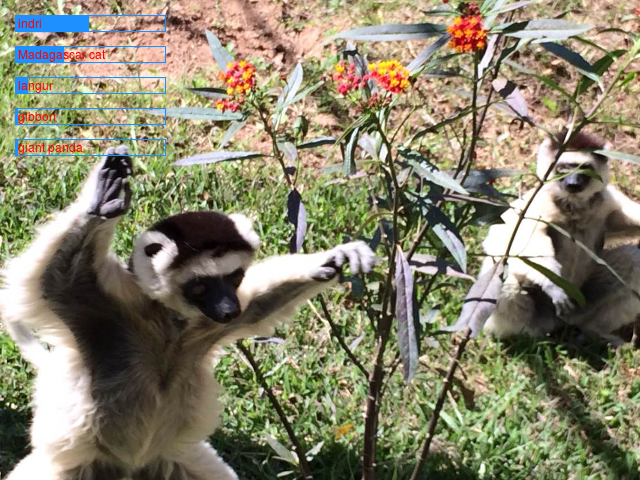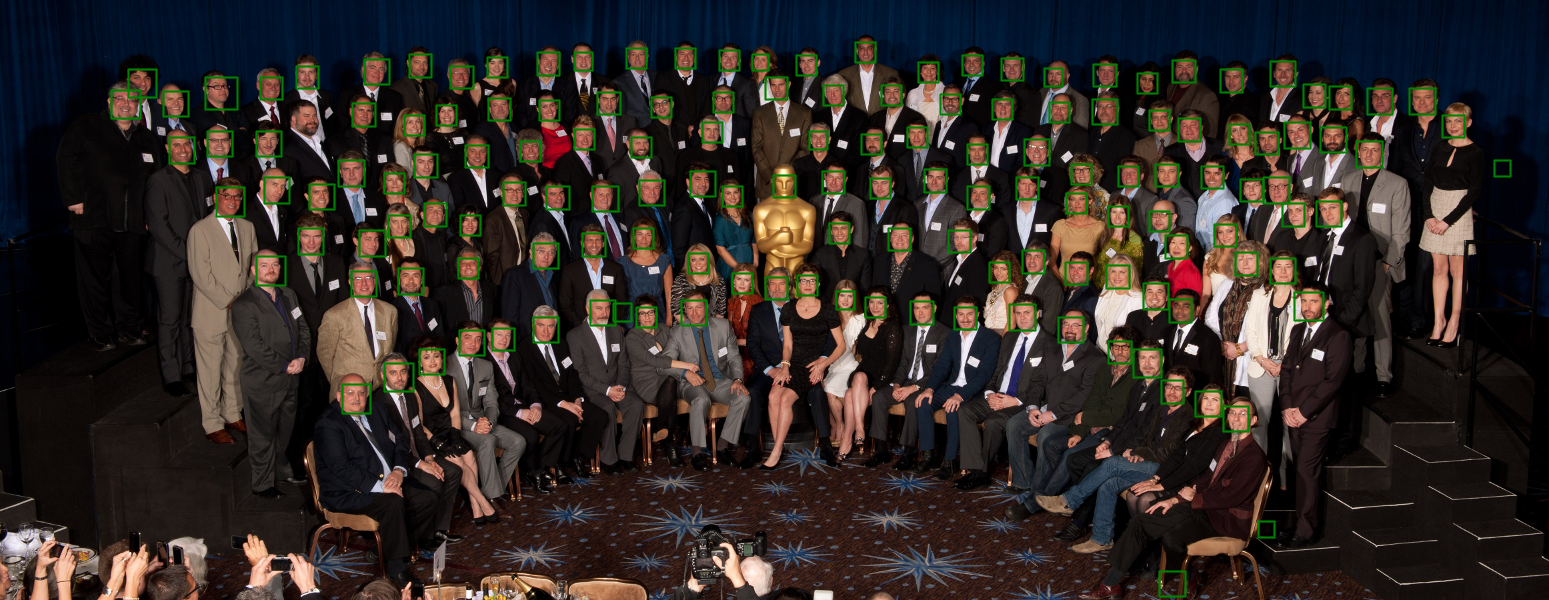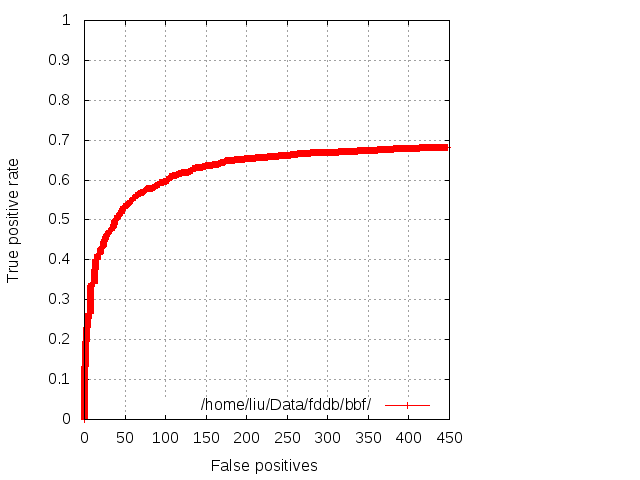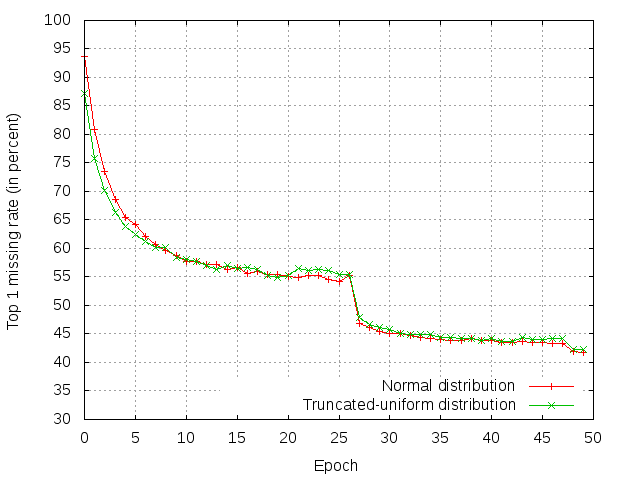ccv
A Modern Computer Vision Library
with a sub-10% image classifier, a decent face detector, here comes ccv 0.7
December 23rd, 2014
A few months ago, with the release of ccv 0.6, I promised a subsequent version of ccv without major updates but a lot bugfixes. There is a close to release date at around July, however, slippery happened and what you see now is a 4-month delayed release bundled with some exciting new functionalities.
A Sub-10% Image Classifier1
In August, libccv’s pre-trained model participated ImageNet 2014 Large Scale Image Visual Recognition Competition and placed humbly in the middle. The idea is to provide an openly pre-trained model so that every other participant should be raised above this baseline. After a few months, a new image classification pre-trained model now provided with ccv 0.7 which reached 9.9% top-5 missing rate (given an image, with 5 guesses, one of the guesses is the correct anwser in 90.1% cases) on ImageNet 2012 dataset. In ImageNet 2014 challenge, only 3 participants (GoogLeNet, VGG models, and MSRA) reached sub-10% with one model, and among these, VGG made their models available in Caffe Model Zoo under CC-NC 4.0.
Finally, multi-GPU with proper data / model parallelism (One weird trick) is implemented in this version, with 4 GPUs, Matt’s model takes one and half day to converge (3.72x speed-up). 2 GPU support was actually done in July, but the recent advance in image classification challenge calls for more GPUs, and the current version is a complete rewrite and in theory can support up to 8 GPUs, however, I don’t have that setup, thus, hard-coded 4 GPU limit was imposed.
This version of ccv also comes with optimized convolutional kernels on CPU (SIMD with SSE2 or NEON). For the forward pass, with Core i7 5930K, VGG-D model takes about 2 seconds, Matt’s model takes about 600 ms on 10 averaging outputs (crop to center, 4 corners, and their horizontal flips). A simplified Matt’s model can do the same 10 averaging outputs on iPhone 6 within 1 second.
A Decent Face Detector
The interests in ccv sparked after the first release because the practicality of its features. Face detection always lies in the heart of that practicality. This version, a near state-of-the-art frontal face detector is provided which reached 72.93% detection rate with 250 false positives on FDDB, detailed ROC graph comparing with the older BBF face detector in ccv on FDDB database is here:
On the same dataset, OpenCV’s frontal face detector at around 250 false positives has 45.18% detection rate (http://vis-www.cs.umass.edu/fddb/rocCurves/ViolaJonesScore_n0_DiscROC.txt). You can read the detailed comparison with academic and commercial systems on http://vis-www.cs.umass.edu/fddb/results.html.
As always, these pre-trained models are distributed under Creative Commons Attribution 4.0 International License. These functions are available through its HTTP interface too.
Other Changes / bugfixes in ccv 0.7:
1). Weight initialization scheme for convolutional networks changed from normal distribution to truncated-uniform distribution. With this initialization scheme, the deeper network can start descending early, therefore, enables to train VGG-D model directly.
2). Added image manipulations (brightness, contrast and saturation) for convolutional network training.
3). Library Reference now is generated with Doxygen from source code.
4). Tutorial now is generated from compilable source code to ensure the integrity of these examples.
5). Added a FreeBSD builder for CI http://ci.libccv.org.
6). BBF implementation is deprecated.
Acknowledgement
Thanks to NVIDIA of donating two Titan Black GPUs for training the new image classification models. Thanks to Yangqing Jia of providing PSU for the new 4-GPU setup.
-
all images are generated without post-processing ↩




